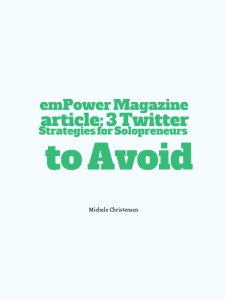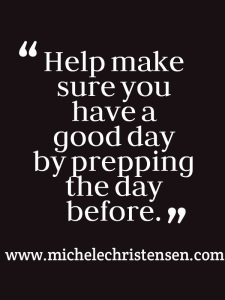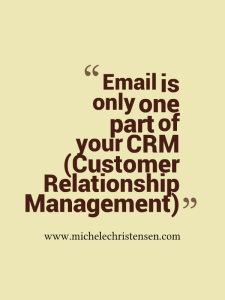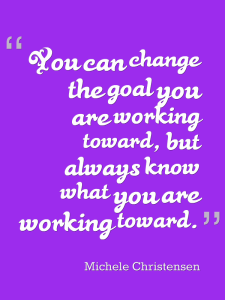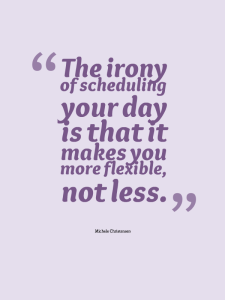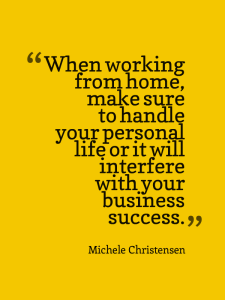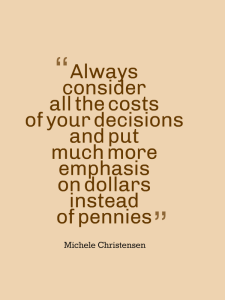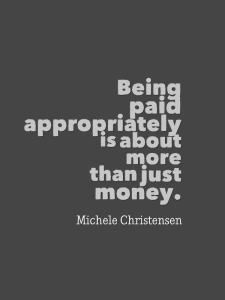 Part of being a successful solopreneur is knowing how to set good boundaries. The first type of boundary is what you let out, and that’s usually the first of the two types that solopreneurs have to learn about.
Part of being a successful solopreneur is knowing how to set good boundaries. The first type of boundary is what you let out, and that’s usually the first of the two types that solopreneurs have to learn about.

It’s easy to let too much out. Solopreneurs do this by giving too much away, doing more then they are paid for, underquoting, and doing too much for free. To be sure, some of this is good business. If you deliver more than you promise, you have a chance of wowing your customer. Occasionally allowing a call to go over for a few minutes to wrap up something great can make your client very happy. Pricing yourself low may work in the early days of your business to get those first few testimonials and references. Even giving away some of what you know for free can be a really effective strategy to let people check you out with no risk.
The problem happens when you do too much of any of these tactics or when you do them unconsciously. You can end up making it too hard on yourself to make a living. You can end up with a group of clients who don’t value you. You might find yourself painted into a corner and not able to scale back to more reasonable deliverables. You run the risk of attracting only people who want free or impractically low-priced products and services.
A bigger risk is burning yourself out and coming to resent the business you once loved. It feels terrible to do work that is valuable and not have that work recognized. It can make a person lose enthusiasm and not even know why. Some people like to picture money as energy, and when someone pays you for your work it’s an exchange of energy. Being paid adequately can help the exchange feel equal and help keep you motivated and charged up to serve other customers.
Letting too much out may not even serve your clients as well as you would like to. If you try to tell a person everything you know in one consultation, they’ll probably be overwhelmed and not get as much out of it. If you charge too little, people may not take you seriously and may overlook what you offer. Clients may not use what they purchased if it was too cheap.
Why do people let too much out? There are probably more reasons than I could ever list, but here’s a few to consider:
- They are new in business. It can be hard to charge a decent rate when you’ve got no track record, references or testimonials.
- Fear. It can be scary to quote a price that may drive some people away.
- Lack of belief in their own value. If a person isn’t clear about the value of what they deliver, they may not feel comfortable charging enough for it.
- A desire to help. Many solopreneurs would do their work for free if they could, so they feel funny charging for it.
- Not setting good limits on requests for free help. Watch those “Can I buy you a coffee and pick your brain?” requests, they can kill your bottom line.
What challenges have you overcome in this area? How did you let too much out and what did you do about it? Tell me about it in the comments.
(For Part 2 of this series, click here.)
